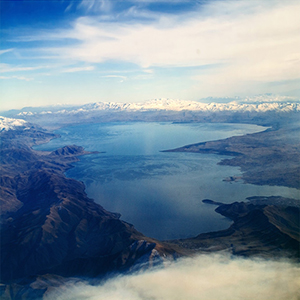A review of anthropogenic stressors on Lake Sevan, Armenia

All claims expressed in this article are solely those of the authors and do not necessarily represent those of their affiliated organizations, or those of the publisher, the editors and the reviewers. Any product that may be evaluated in this article or claim that may be made by its manufacturer is not guaranteed or endorsed by the publisher.
Accepted: 7 May 2022
Authors
The resilience of natural systems may be severely compromised by anthropogenic influences. In this paper, the principal anthropogenic influences on the ecosystem of the Armenian highland lake Sevan during the past century are identified. The diversity and severity of the pressures were influenced by national priorities and the catchment's growth. Changes in the lake's morphometry and the littoral's morphology, as well as unsustainable usage of the lake's fish resources, were among the repercussions. They are discussed depending on how each sort of disturbance affects the ecosystem. Although the timing and degree of each stressor were specified, identifying the direct effects of each stressor was often challenging. The current management decisions and future threats to the lake's ecosystem are discussed. This article describes the history of the anthropogenic change of Lake Sevan and, using it as an example, assesses the ecological footprint of people on natural resources and their repercussions.
Ethics Approval
Karsten Rinke, Institute of Hydrology and Meteorology, Technische Universität Dresden, GermanySupporting Agencies
Estonian Research Council for the Mobilitas Pluss, German Federal Ministry of Education and Research, Ministry of Environment of the Republic of ArmeniaHow to Cite

This work is licensed under a Creative Commons Attribution-NonCommercial 4.0 International License.






